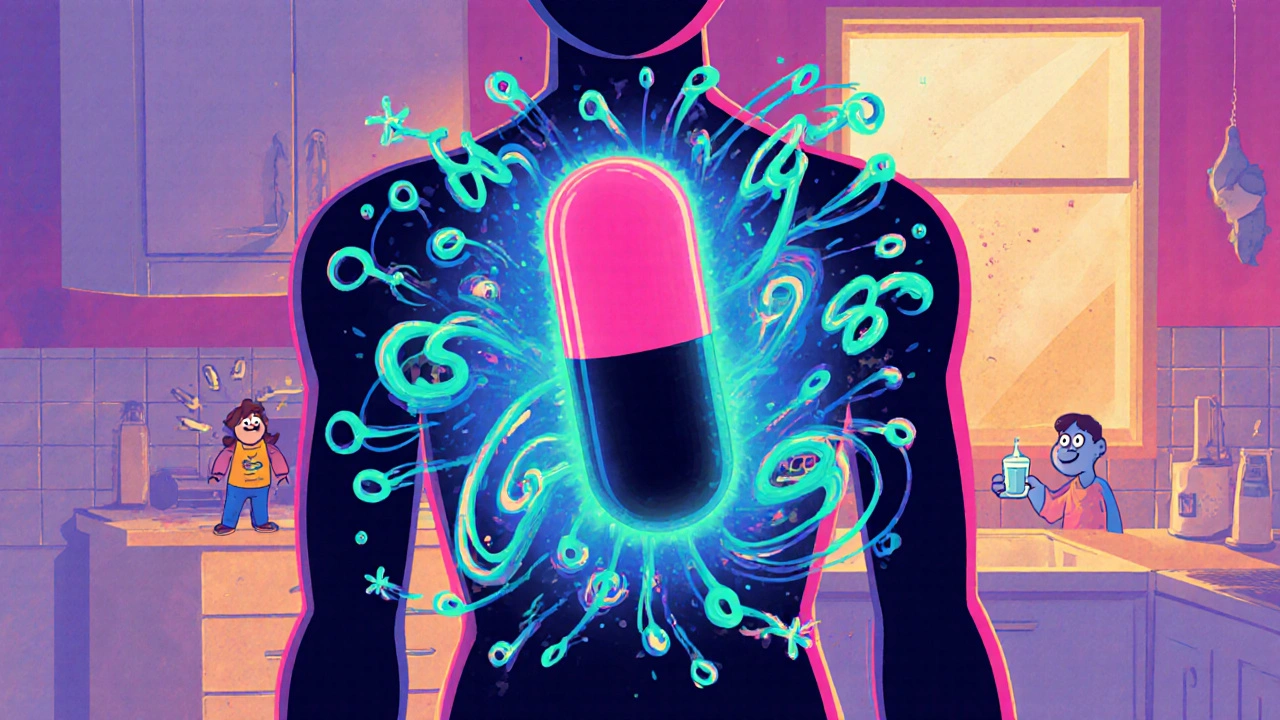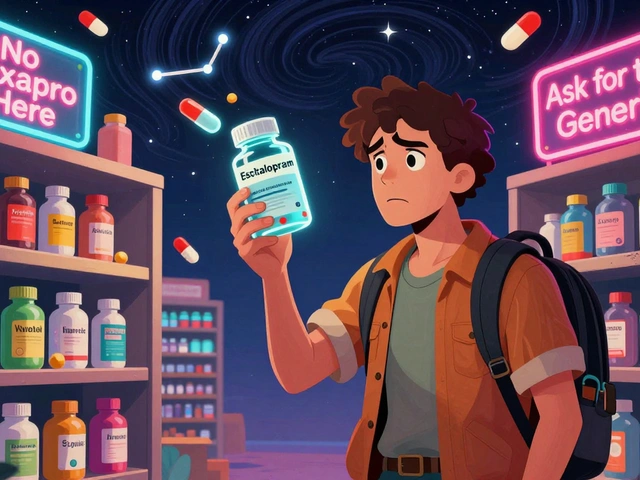Hand-Foot Syndrome: Causes, Symptoms, and What You Can Do
When you're undergoing chemotherapy or targeted cancer therapy, your body goes through a lot—but few side effects are as noticeable and disruptive as hand-foot syndrome, a skin reaction that causes painful redness, swelling, and peeling on the palms and soles. Also known as palmar-plantar erythrodysesthesia, it doesn’t just make walking or holding things uncomfortable—it can force you to cut back on treatment or delay your next dose. This isn’t a rash you can ignore. It’s your body signaling that certain drugs are leaking out of small blood vessels in your skin, especially where pressure and friction are highest.
It’s most often linked to drugs like capecitabine, 5-FU, sorafenib, and sunitinib. If you’re on one of these, watch for early signs: tingling, numbness, or a mild burning feeling in your hands or feet. Then comes the redness—sometimes swollen, sometimes blistered. In worse cases, your skin cracks, peels, or even ulcers form. This isn’t just cosmetic. People with severe hand-foot syndrome can’t hold a coffee cup, tie their shoes, or sleep comfortably. And while it’s not life-threatening, it can seriously affect your quality of life during treatment.
What helps? It’s not about fancy creams or miracle cures. Simple steps make the biggest difference: avoid heat, reduce friction, keep skin moisturized with fragrance-free lotions, and wear soft, loose shoes. Some doctors recommend cooling your hands and feet during infusion to narrow blood vessels and limit drug leakage. Others suggest taking breaks from treatment if symptoms get bad. You’re not alone—many cancer patients deal with this, and there are proven ways to manage it without quitting therapy.
There’s also a connection between hand-foot syndrome and other skin reactions from cancer drugs. If you’ve had issues with rashes, dry skin, or nail changes, you might be more prone to this too. It’s not random—it’s tied to how your body processes these medications and how your skin responds. Tracking your symptoms early helps your care team adjust your plan before things get worse.
Below, you’ll find real-world advice from people who’ve lived through this, comparisons of treatments that work (and those that don’t), and practical tips to keep your hands and feet functional during treatment. Whether you’re just starting therapy or already dealing with symptoms, the information here is meant to help you take control—not just wait it out.
Capecitabine Supportive Care: How to Manage Symptoms and Side Effects
Learn how to manage capecitabine side effects with practical supportive care, grading tools, and symptom‑specific strategies to stay on therapy safely.





